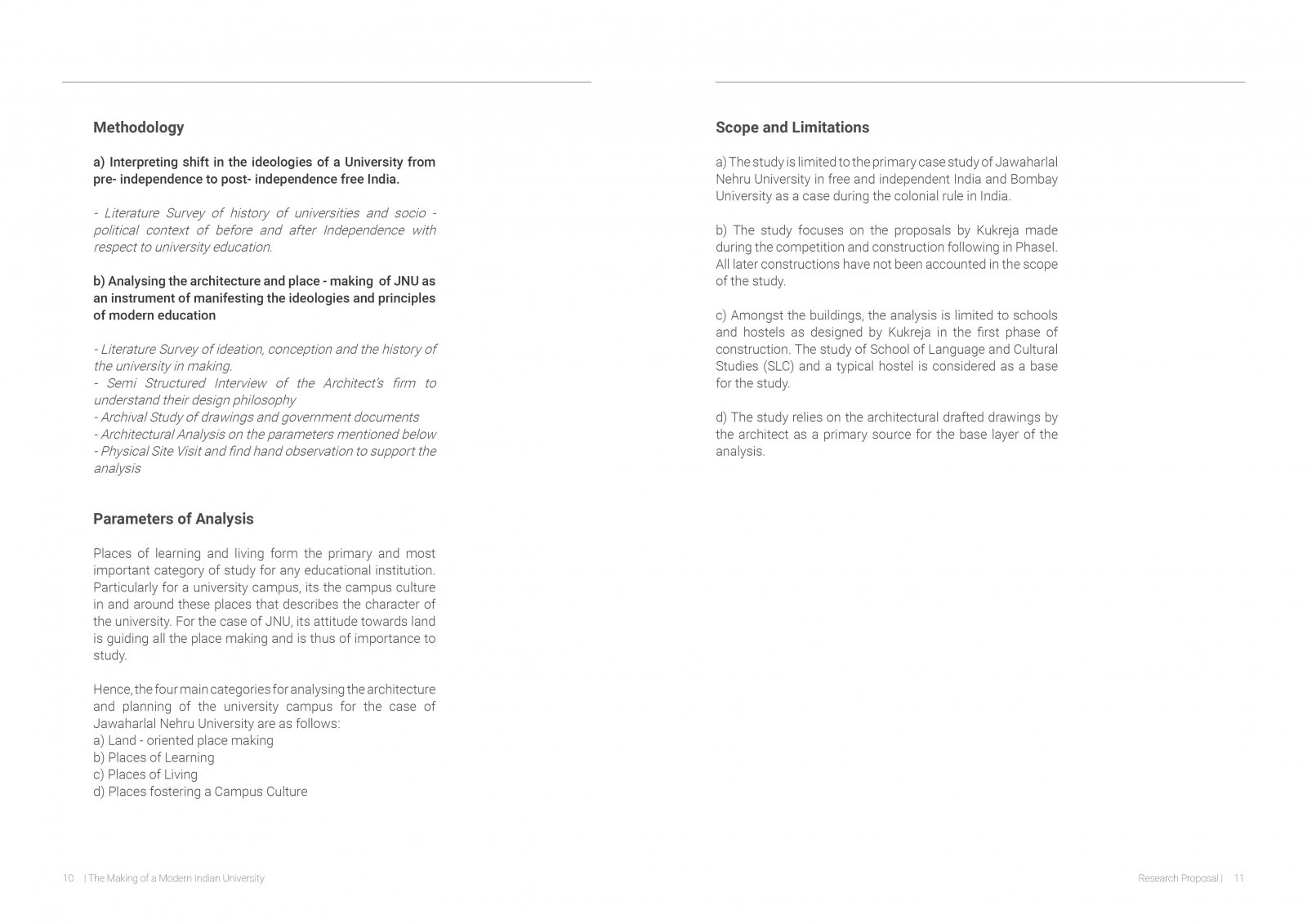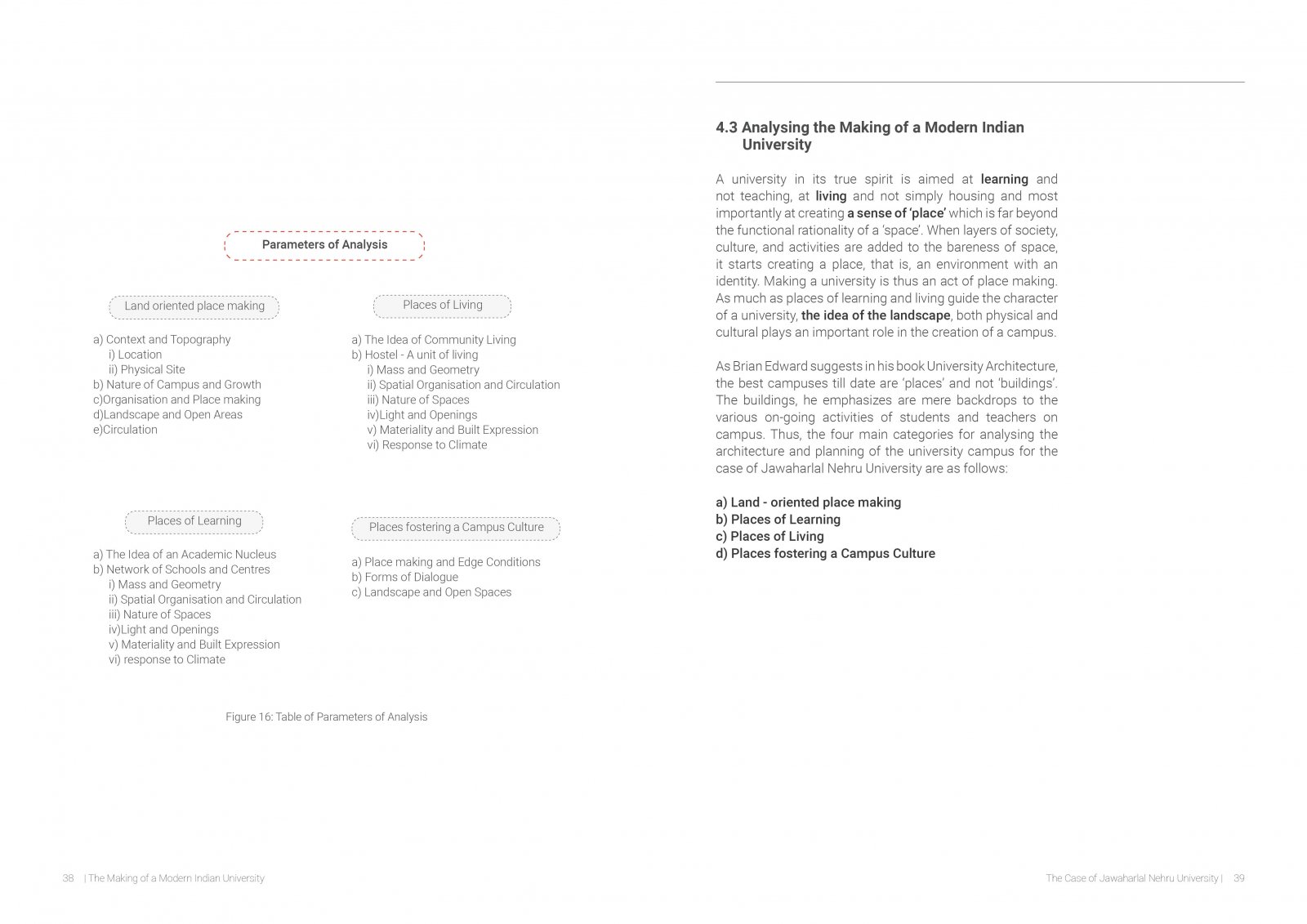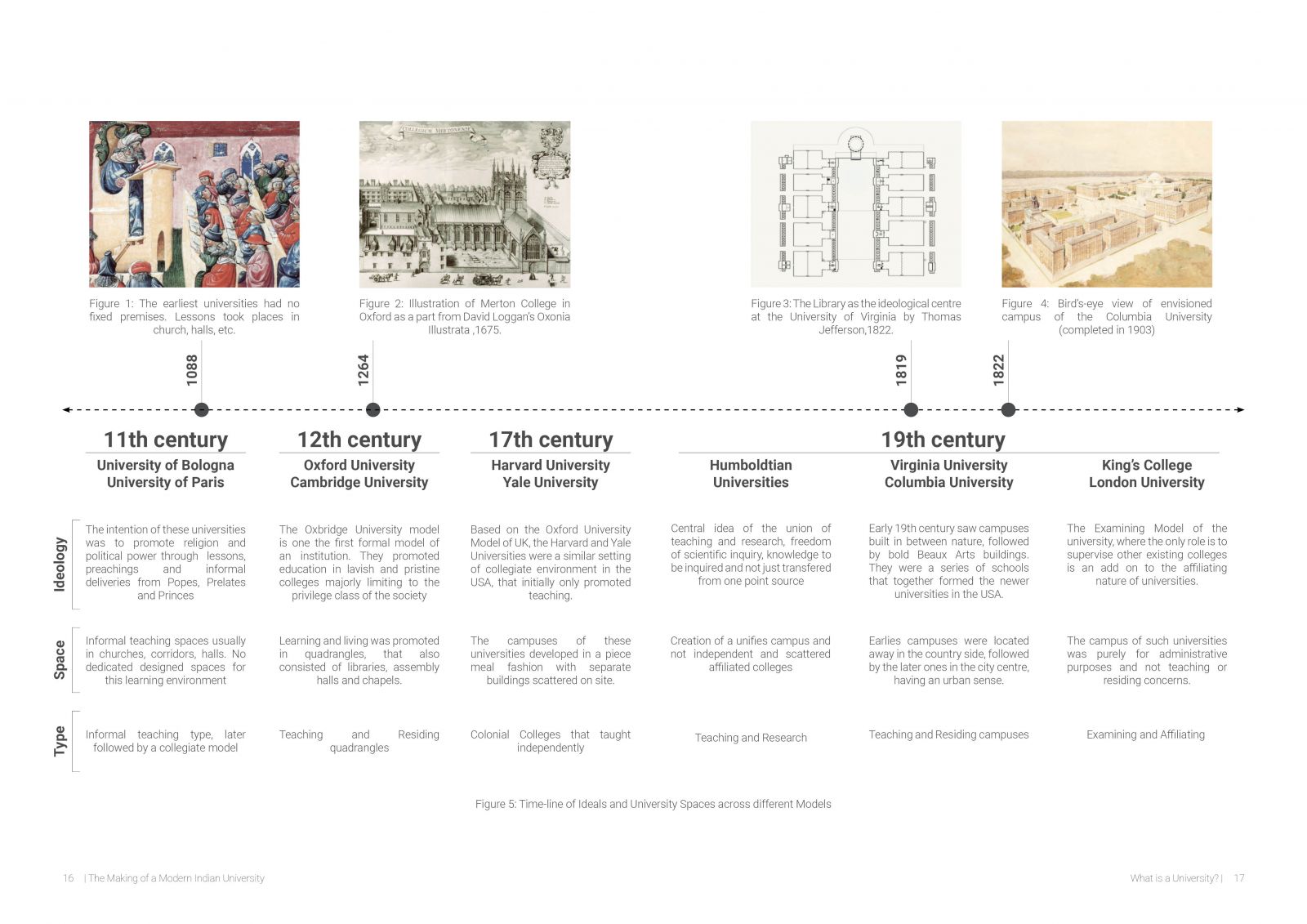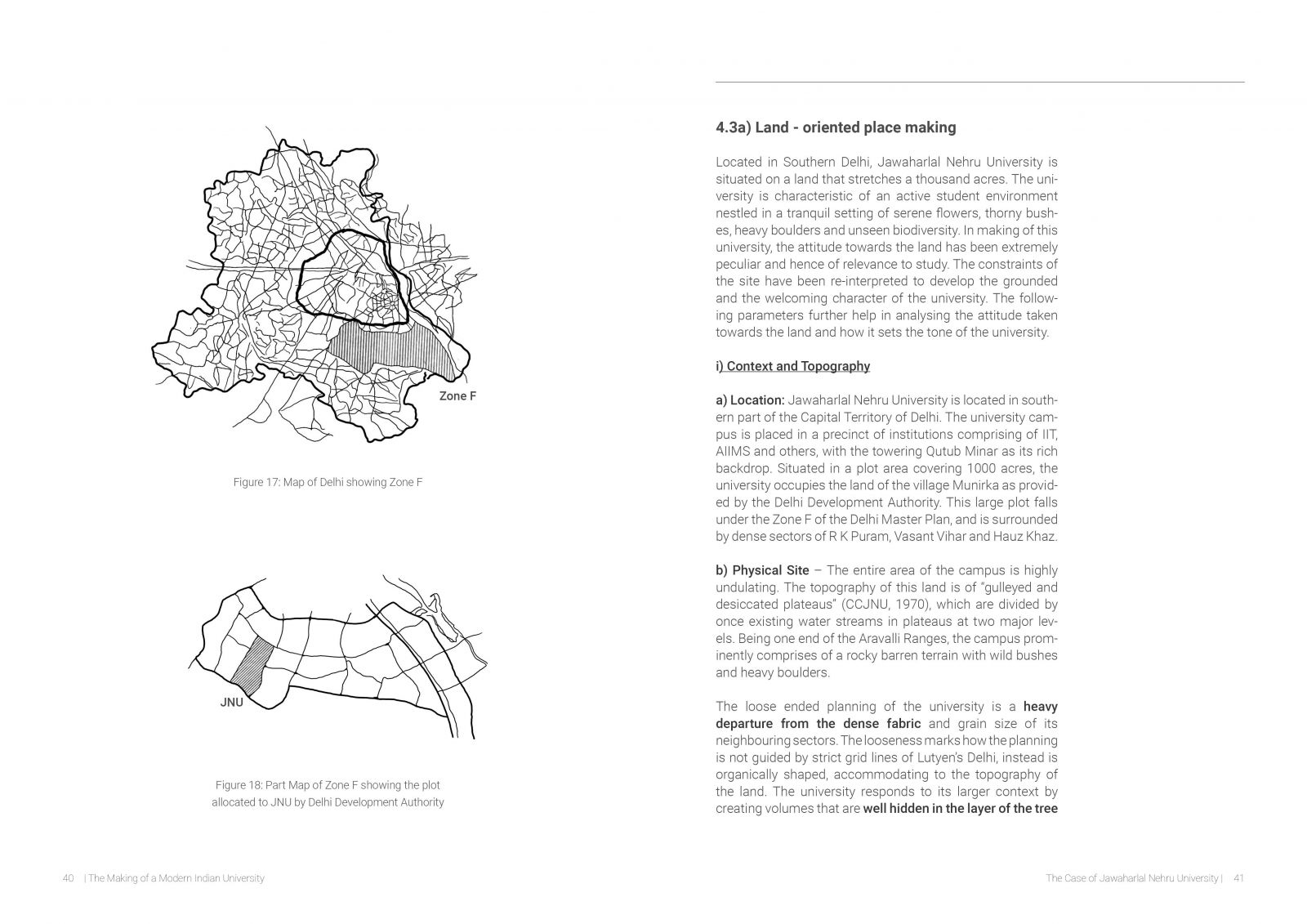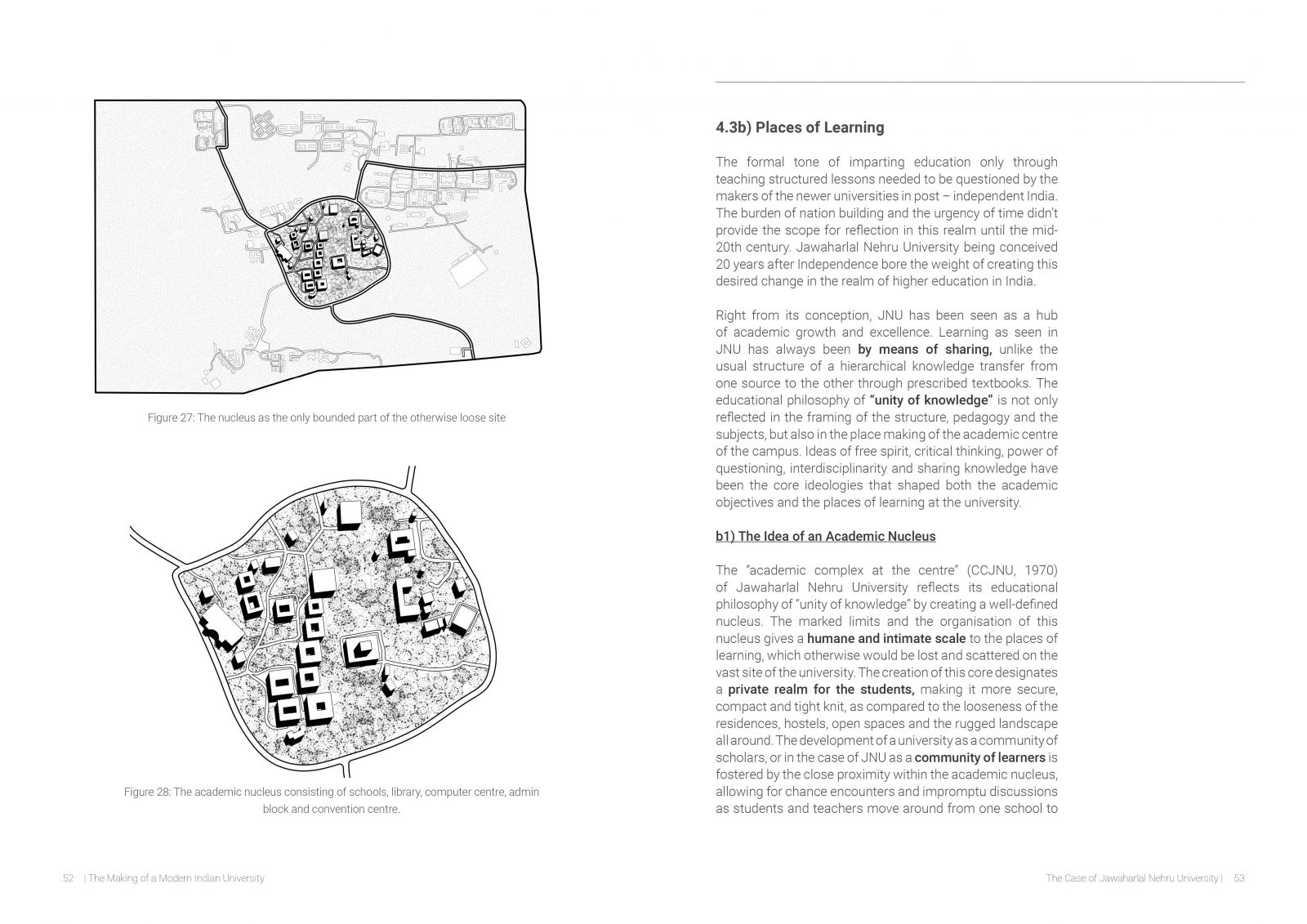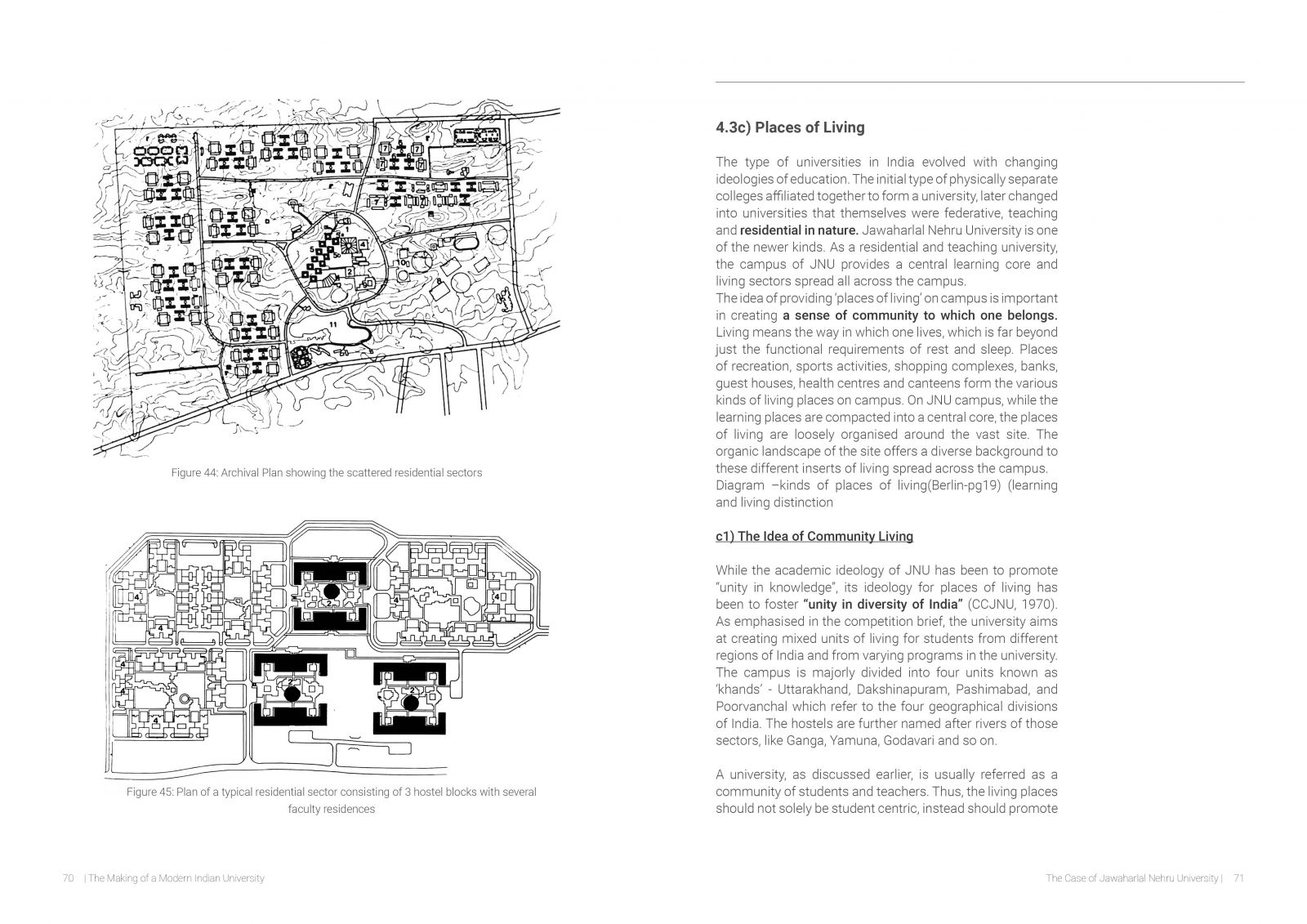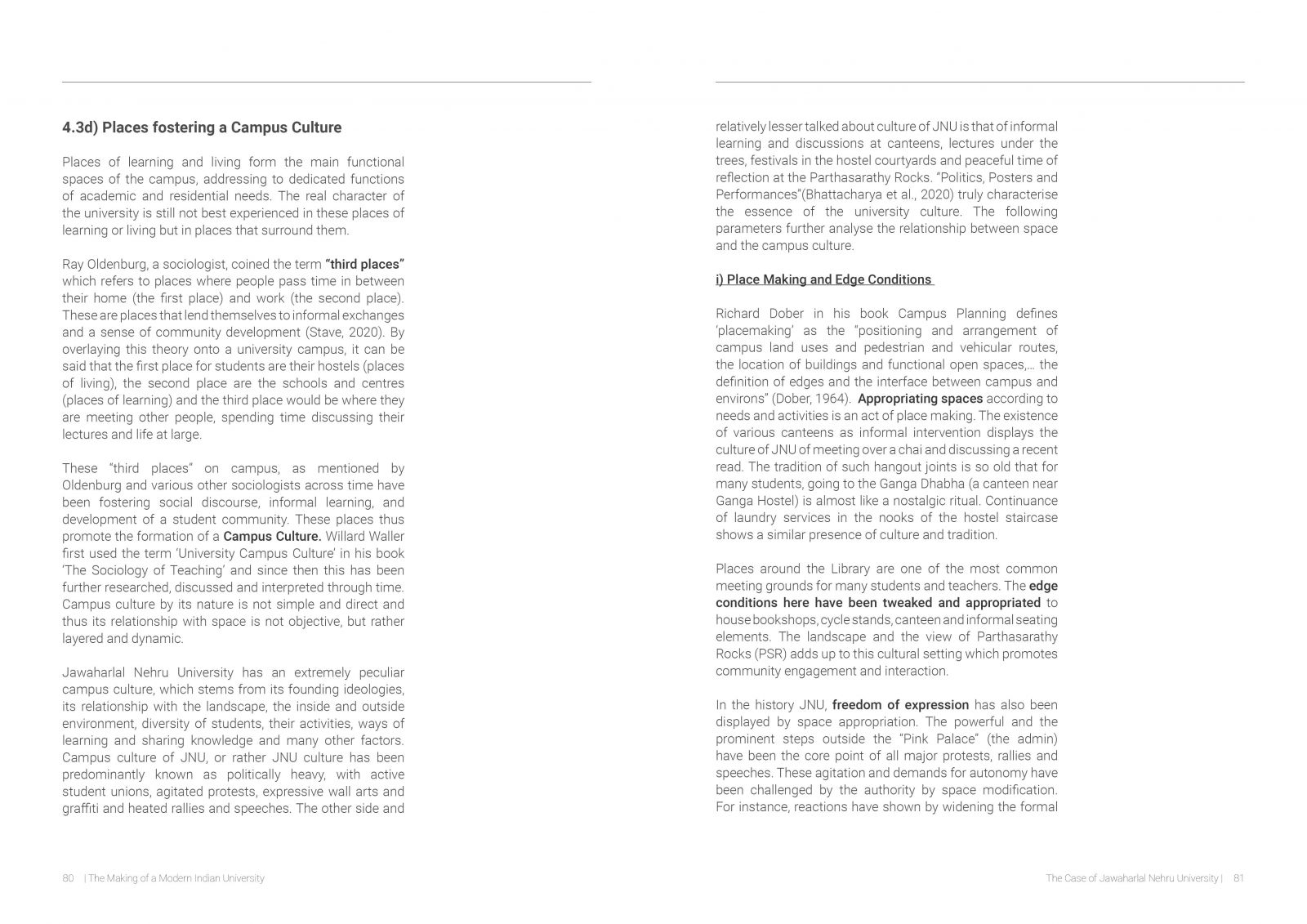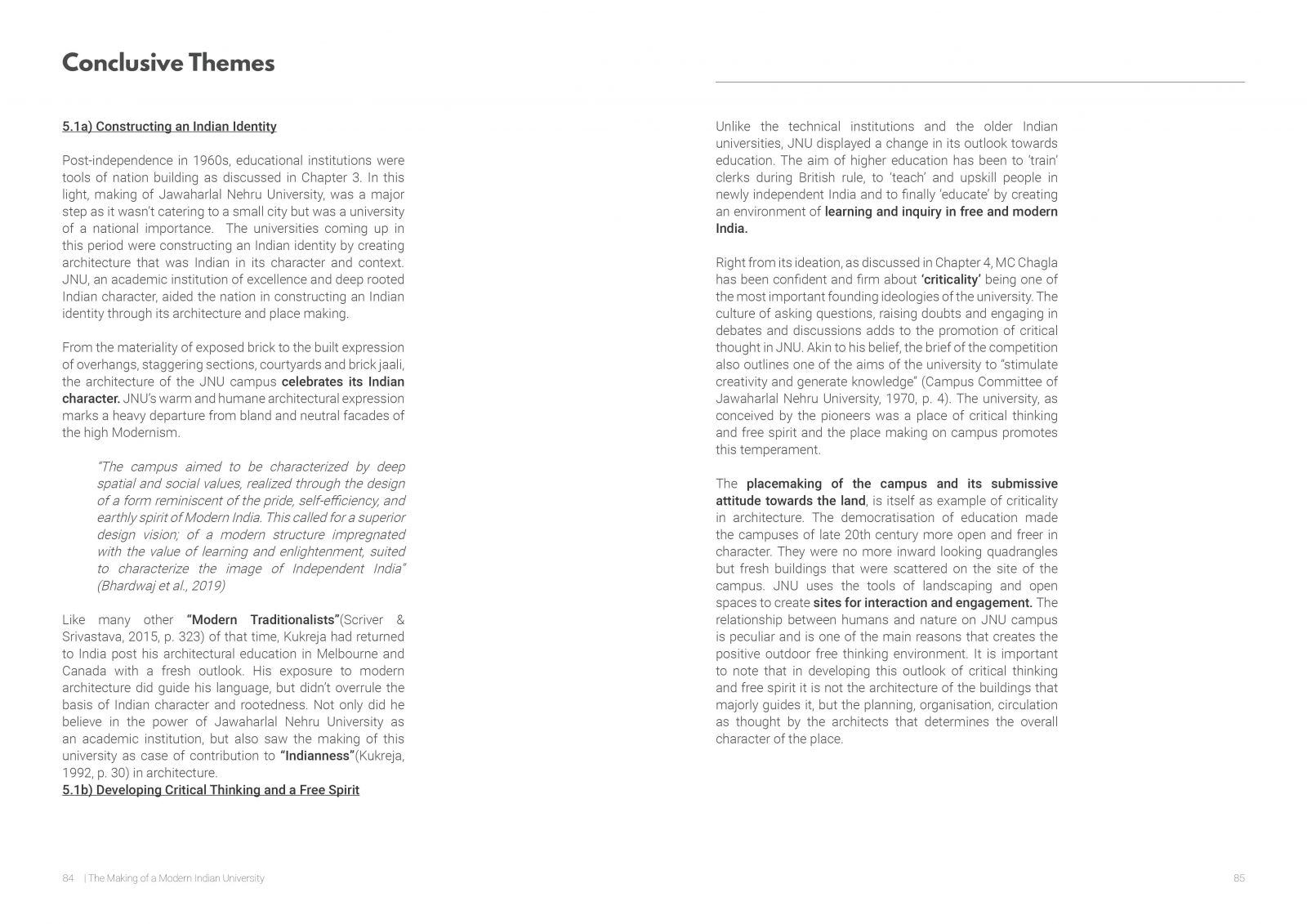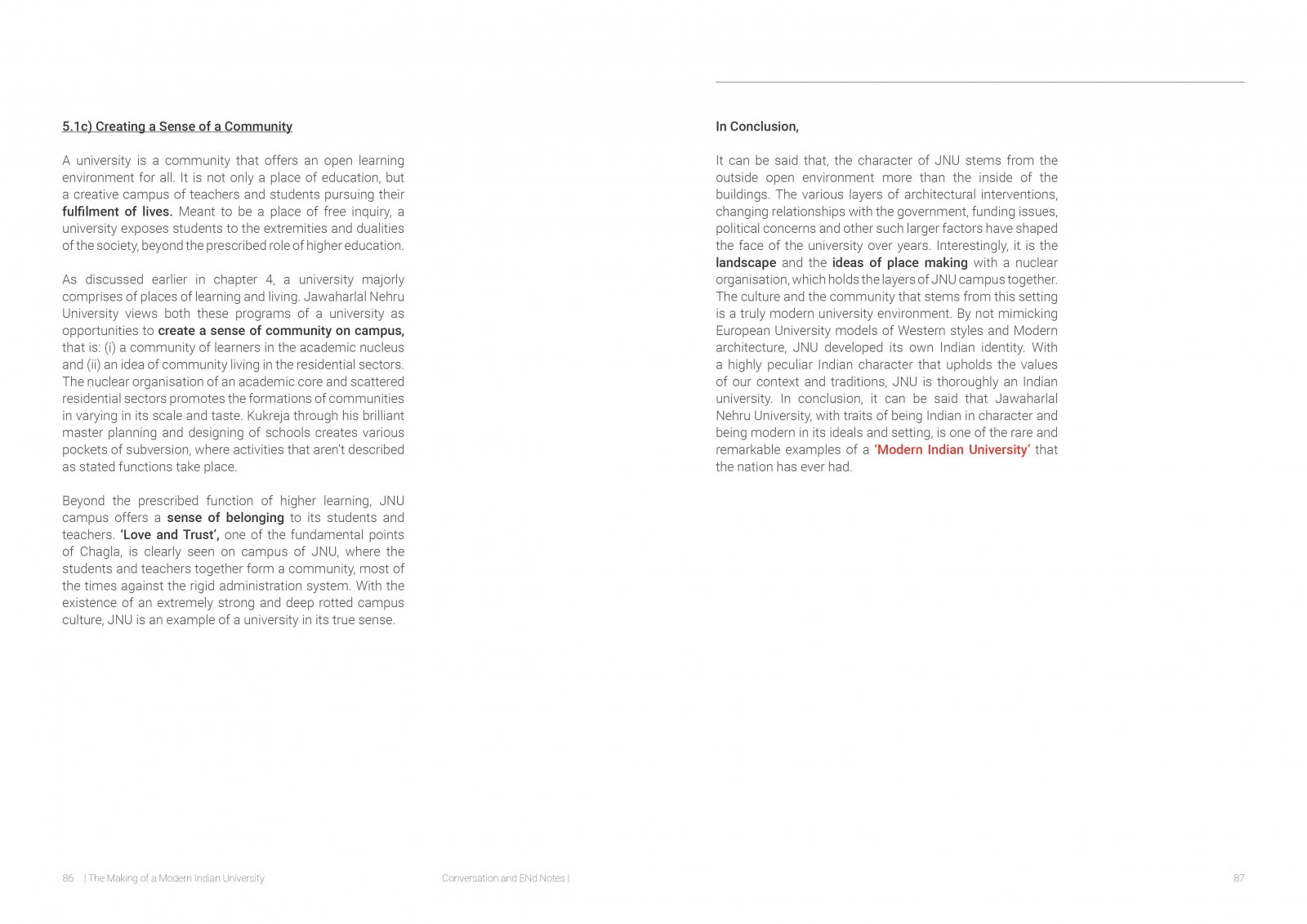Your browser is out-of-date!
For a richer surfing experience on our website, please update your browser. Update my browser now!
For a richer surfing experience on our website, please update your browser. Update my browser now!
The idea of a ‘university’ by its nature is a modern idea. The purpose of a university is to develop an intellectual inquiry, free spirit and a critical thinking attitude in young and fresh minds. A university can be called a place which at all times, is relatively modern than its context, irrespective of the time period.
The first so called modern universities built in Indian during the colonial rule were mere affiliating, administrating and examining heads that facilitated ‘training’ the privileged class as informed clerks and not educating the masses in true spirits. The Indian Universities Act of 1904 acknowledged this concern and identified the need for teaching and residential campuses as the new model of Indian Universities.
Post independence, the Indian Universities were a mark of the changing ideologies and principles of modern education. From the 1950’s to 80’s, the number of institutions of higher education and universities exponentially increased in the nation. Through the case of Jawaharlal Nehru University, this thesis studies how the architecture and place making of the universities of free India played a role in furthering the ideals of a modern university.

